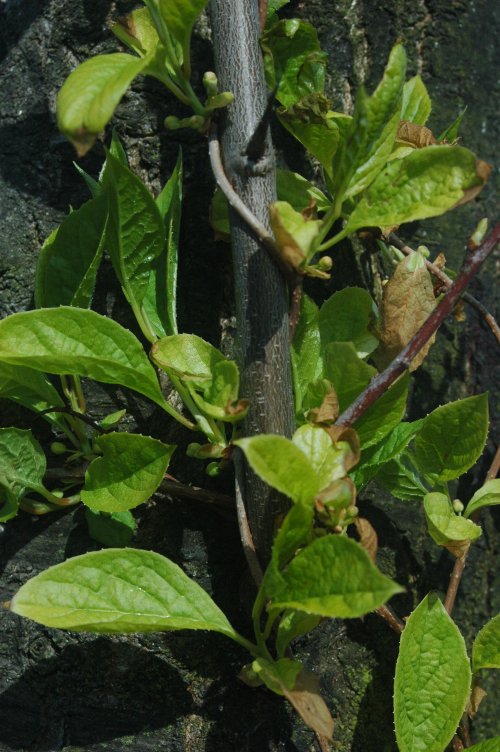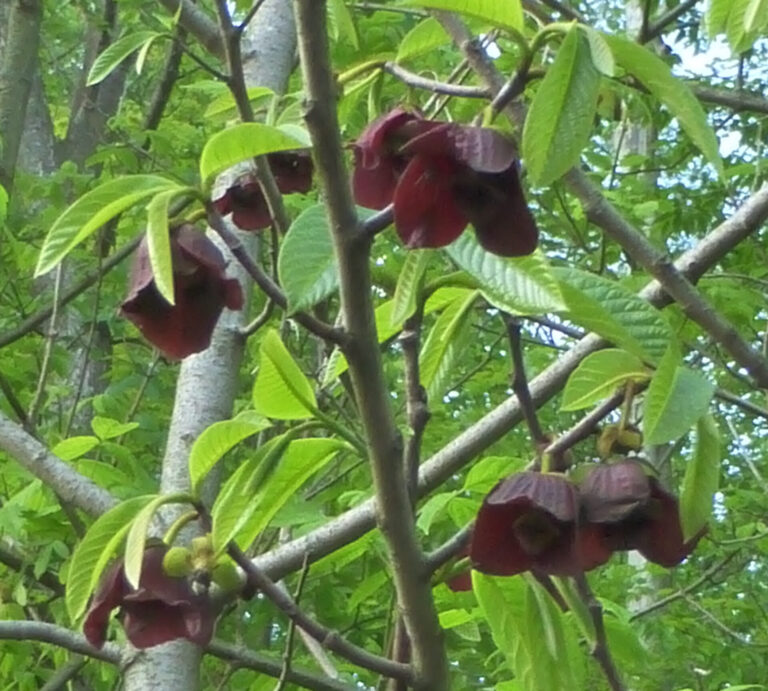
Magnolia Berry Vine
This beautiful deciduous, perennial, climbing, woody vine belongs to the Schisandraceaefamily. that grows about 9 m (29ft 6in) tall. The plant is found growing in mixed forests, especially onthe periphery, also by streams and brooks, and usually on sandy soils. It can grow around 30 ft. long(9m). Common names are Chinese magnolia vine, Five-flavor-fruit, Schisandra, Schizandra,Schizandra berry and lemon wood. Bearing small lightly fragrant magnolia-like flowers, it will produce striking crimson berries with brownstems (1 m of new growth a year) and can either twine round the support or spread along the ground.Leaves are alternately arranged, tough, glossy, dark


















